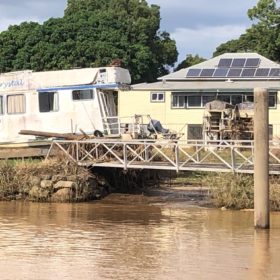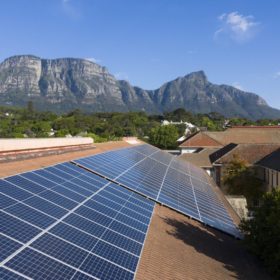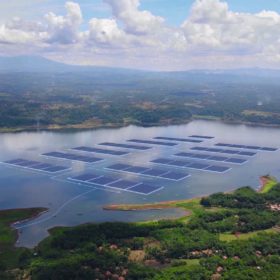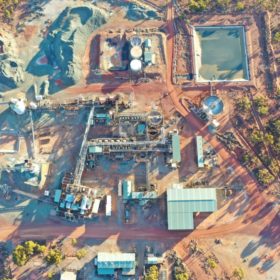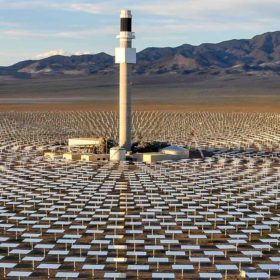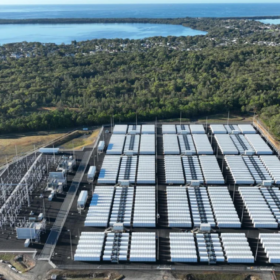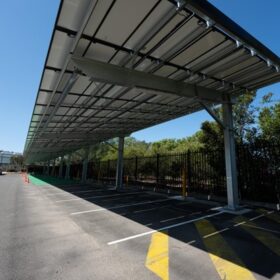Tesla to supply Megapacks for 150MW/350MWh Riverina big battery
Following the early success of its solar integrated Gannawarra Energy Storage System, Edify Energy has again opted for Tesla Megapack as its preferred battery energy storage system for its combination of storage projects totalling 150MW/300MWh in the Riverina region of New South Wales.
New Zealand opens $9 million in funding for renewable projects for Māori housing
New Zealand’s federal government has opened the final funding round in its NZ$14 million (AU$13 million) Māori Housing Renewable Energy Fund, open to small and larger-scale projects.
Sydney port to provide 100% renewable power to docked ships
Sydney’s Bay Port will soon be offering 100% renewably sourced power to docked ships, a world first for a dry-bulk precinct and the first in the Southern Hemisphere for a cruise terminal.
Could Russia’s actions in Ukraine accelerate renewables investment?
Given the goings-on in the world this last quarter, Mike Jefferies, Investment Manager at Octopus Investments Australia, takes a look at the current macroeconomic environment, how this is tied to energy markets, the impacts Russia’s invasion of Ukraine has had on that energy market, what this could mean for Australia and how renewables could help address these issues.
Call to mandate rapid shutdown technology surfaces in wake of floods
With residents across New South Wales and southeast Queensland still cleaning up after the devastating floods that ripped through their communities earlier this month, solar industry advocacy group Safer Solar has issued a call for Australia to mandate rapid shutdown technology on solar PV systems.
World Bank wants 210,000 mini-grids this decade
The international development entity has already invested $1 billion in local, off-grid electricity networks over the last decade – and attracted a further $1.1 billion in matched funding – and wants to set up mini-grids to supply electricity to 490 million people by 2030.
Weekend read: Made in Indonesia
Indonesia has set itself some ambitious goals for PV manufacturing, backed by domestic content requirements and other incentives. But local demand is limited, and the nation faces stiff competition from China and other countries on the export market. While real obstacles remain, a restructuring of state-owned electricity company PLN and local raw material riches mean the potential is growing.
Morrison commits $240 million to shore up critical minerals supply chain
The Australian Government has committed more than $240 million to critical minerals projects in a bid to end Australia’s reliance on China and cement its place in the rapidly growing global electric vehicle and battery markets.
Investment cycle means race is on to incentivise green hydrogen
A report published by IRENA hints the world’s politicians will have to get to work immediately to avoid another generation of fossil fuel-fired hydrogen, ammonia, and methanol plants being set up to run into the second half of the century.
Concentrating solar power with heat storage could compete with batteries
For short-term storage in a 100% renewables grid, thermal energy storage located at concentrating solar power plants could compete with batteries, found a study using an idealised grid model. Seasonal storage needs could best be met with power-to-gas-to-power technology.




